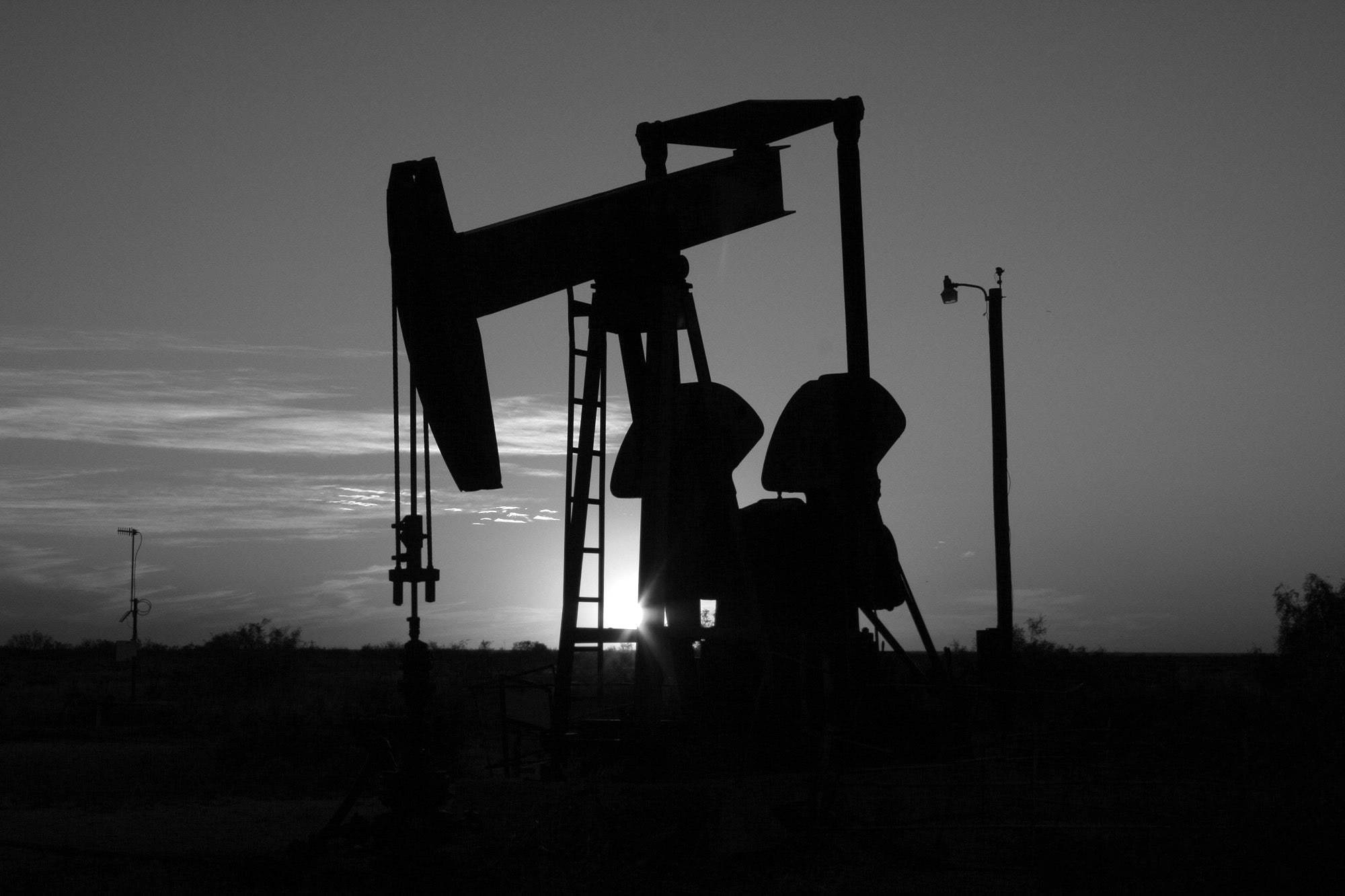The swift, brutal 30% plunge in Brent crude since October 3, 2018 has reawakened fears of global recession, the economic rationale for past oil price crashes in 2000 and 2008. Fears over Trump’s tariffs have amplified the economic slowdown in China and the European Union. The emerging markets are mired in a colossal debt trap, as their currencies plummet against King Dollar and their trillion-dollar external debt repayments balloon due to monetary tightening by the Federal Reserve. The US President and Treasury Secretary have pressured Saudi Arabia to reduce oil prices at a time the kingdom faces its most draconian diplomatic crisis since 9/11. The Trump White House has also softened its sanctions on Iran by grating waivers to countries that import Iranian oil.
However, it is premature to call a global recession as long as US GDP growth is at its highest since 2013 and the US unemployment rate is at 50-year lows. The World Bank estimates 3% global growth in 2018 and 2019. This does not mean specific oil producing states will escape recession and debt crises, as the savage bear markets in regional equities and property attest. Still, if a global recession is not imminent, Brent crude will not fall to $35 next year, a level witnessed at the endgame of the 2008 oil crash.
As always, the geopolitics and budget priorities of the Kremlin and the House of Saud will determine Saudi-Russian output decisions and thus the OPEC supply equation amid anemic demand growth in China.
The bull market for Brent crude died in October 2018 and leveraged hedge funds have scrambled to cut long Brent/West Texas positions. This is about a Wall Street panic, not global recession. The December 6 OPEC conclave in Vienna could well see Saudi Arabia announce only a token output reduction to appease Washington. This means Brent can trade in the $56 – 60 range is inevitable.
Thanks to the shale oil revolution, in the past decade, the US has emerged as the world’s largest oil and gas producer, with output estimated to surpass 12 million barrels a day next year. The macroeconomic and geopolitical implications of the US shale boom are seismic. One, US energy independence is a $250 billion trade deficit windfall that anchors the King Dollar trend in global currency markets. Two, the sheer scale of US shale output reduces the risks of supply shocks or panic driven volatility in the oil market. Three, US natural gas exports reduce the Kremlin’s leverage on Gazprom’s European consumers. Four, the existence of US shale oil enables the Trump White House to impose tougher sanctions on Russia and Iran without the fear of a geopolitics inspired oil price spiral that could tip the world economy into recession, as happened after the October 1973 war in the Sinai/Golan, the 1979 fall of the Shah and the 1990 Iraqi invasion of Kuwait.
However, American shale output is only a tenth of the 100 million plus barrels of oil daily produced and consumed across the world. The price of black gold is determined in a global oil market, not in the land rigs of West Texas and North Dakota alone. America’s allies (and arch rival China) in Europe and Asia are dependent on oil from the Arabian Gulf, making it essential for the American Navy to police the tanker sea lanes and choke points of the region. Yet even though the US pumps more oil than Saudi Arabia, the kingdom has far more influence in the global oil market because it commands (with its allies Kuwait and Abu Dhabi) the bulk of global spare capacity.
America is the world’s largest oil producer but Saudi Arabia is the world’s largest oil exporter giving it its role as OPEC’s “swing producer”, the de facto power broker and central bank of crude oil. Uncle Sam’s military infrastructure and security umbrella in the Gulf will continue as long as the Fossil fuel age lasts, Trump or no Trump.







